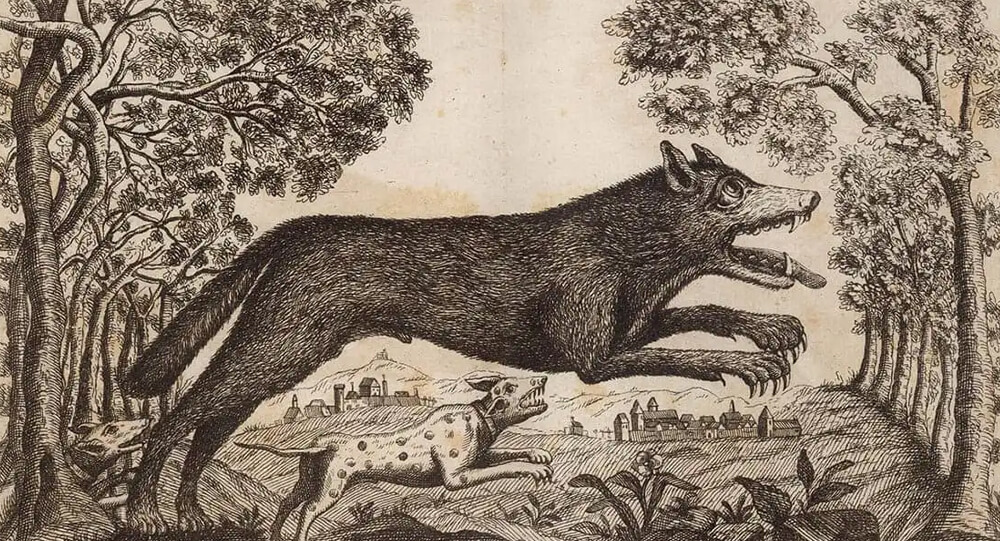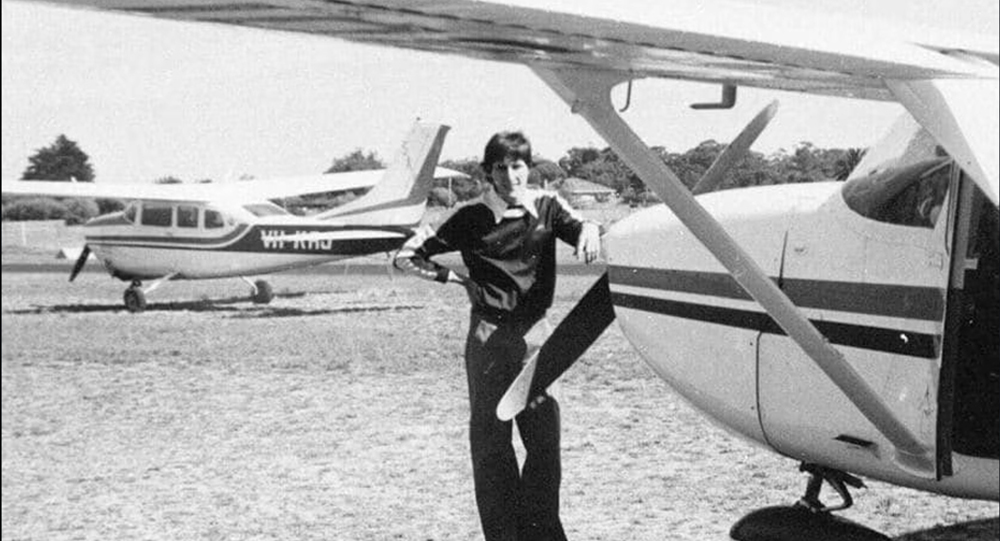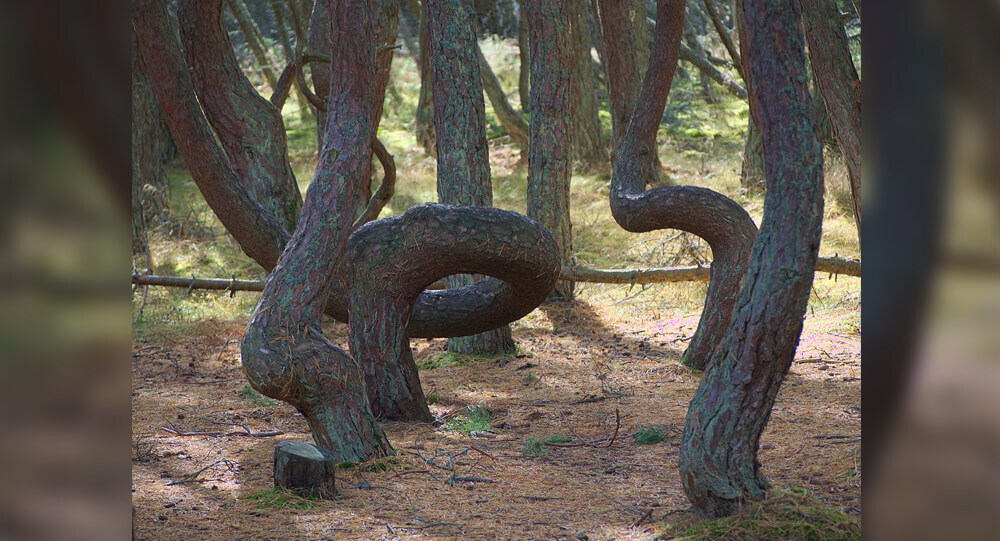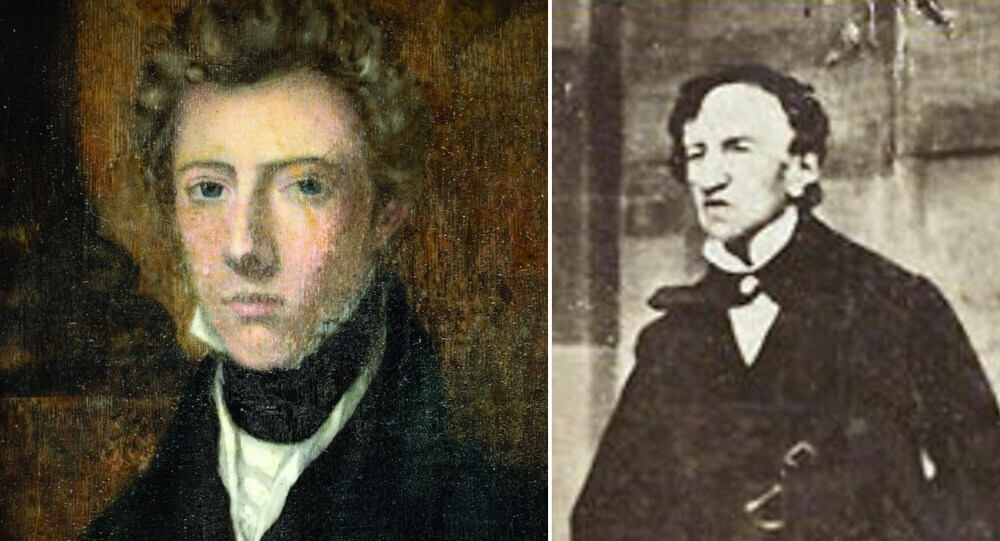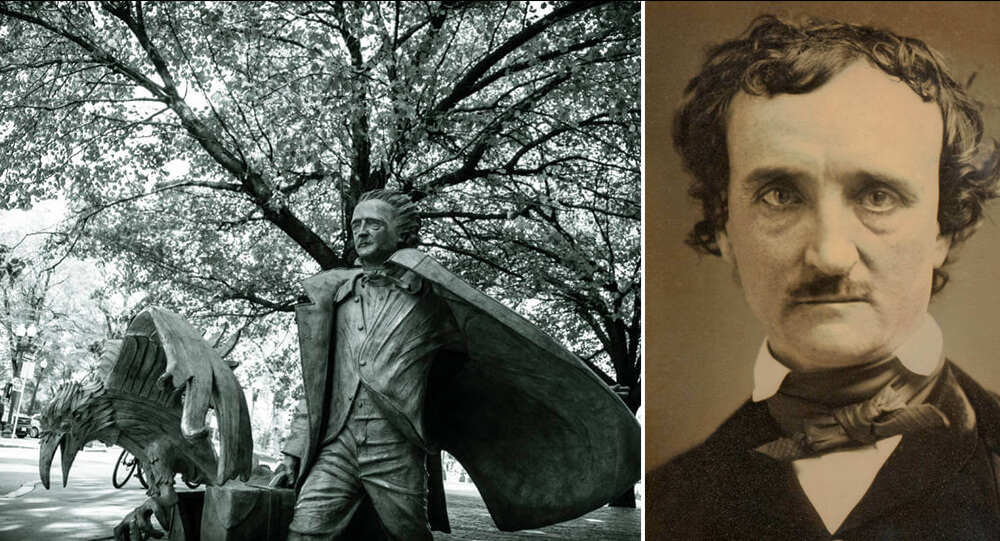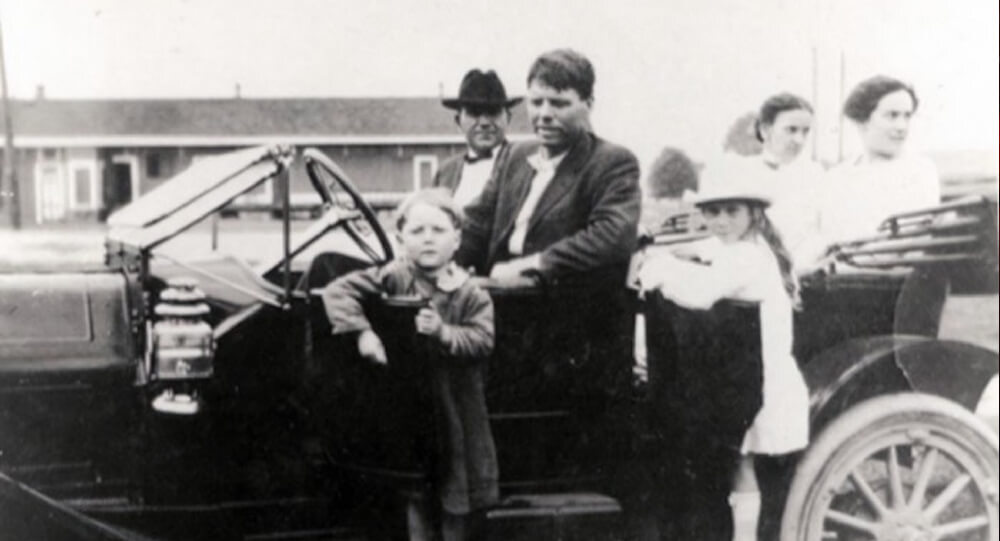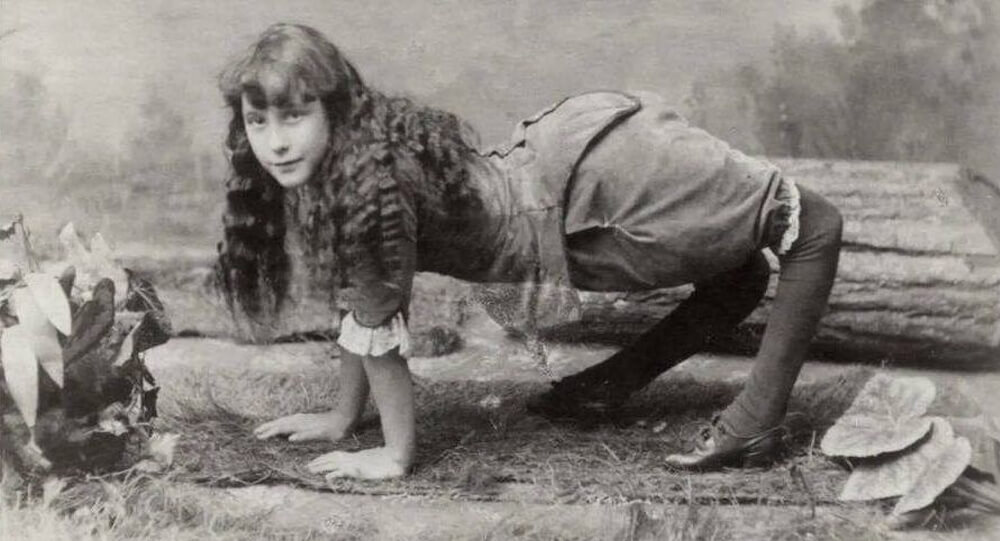
People with unusual features or appearances became hugely popular as circus attractions for the curious public in the late nineteenth century, thanks to entrepreneurs like the famous P. T. Barnum. The suffering of the people on display at such shows was frequently overlooked, both because of their conditions and because of how they were treated.
Ella Harper, also known as the “Camel girl,” was born with a rare medical condition called congenital genu recurvatum, which caused her knees to bend backward, similar to those of a camel. She used to walk on all fours, utilizing both her hands and legs. Her time in the Circus made her famous, but that was only part of the story.
The Early Life Of Ella Harper
Ella Evans Harper, the daughter of William Harper and Minerva Ann Childress, was born on January 5, 1870, in Hendersonville, Tennessee. Her father was a well-known farmer and stock raiser in Sumner County at the time.
Everett, her twin brother, was her other sibling. He died, however, when he was only 3 months old. Sallie, Willie, and Jessie, Ella’s parents had three more children.
Life In The Circus
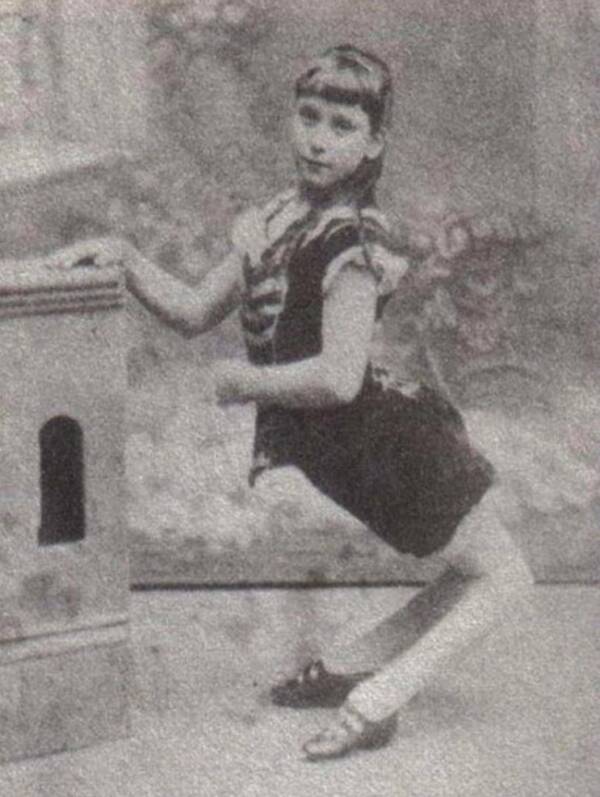
Ella Harper began her career at the circus in October 1882, when she was just 12 years old, according to historical records. She began by performing in and around St. Louis and New Orleans. However, in recent years, she has begun to travel to a number of states.
She began attracting and capturing people’s attention. Ella Harper sparked a lot of interest from the public, who were curious about her condition.
Her weird appearance prepared the path for bigger things. Ella was discovered by showman WH Harris, who invited her to join his “Nickel Plate Circus” in 1886. During these performances, Ella was accompanied by a camel so that the audience could compare her backwardly bending knees with the animal’s.
She was successfully used as a stage prop to make a comparison to the camel. Nonetheless, the circus audience was shocked by her appearance. She was dubbed “The Camel Girl” after that and was thought to be half-human and half camel from then on.
People flocked to her performances after hearing about the strange girl. She began to appear on a variety of promotional posters. Ella Harper’s condition was explained on pitch cards distributed to the audience before each performance.
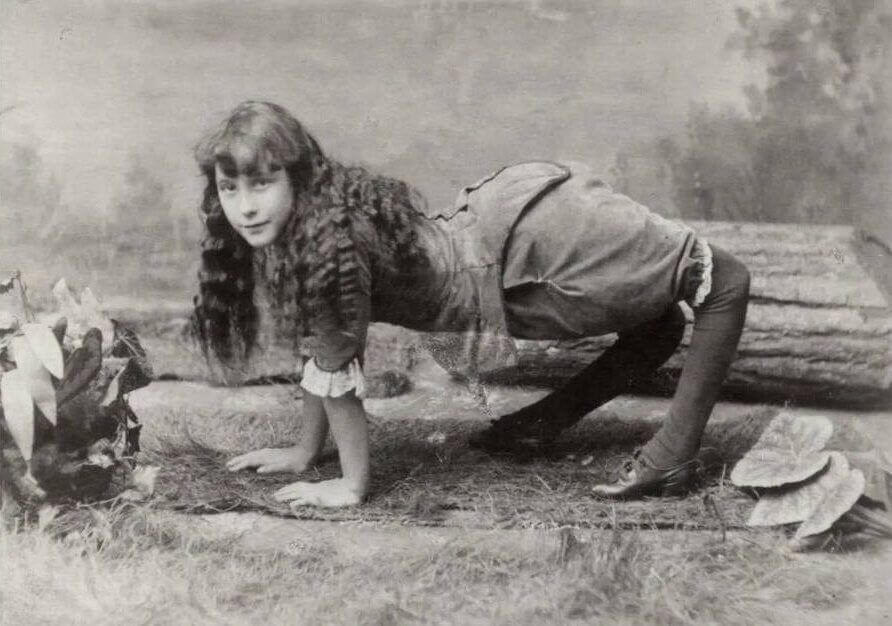
According to the pitch cards, she was known as the camel girl because her knees were bent backward and she could walk best with her feet and hands, as shown in the picture. The cards stated that she had been touring extensively for the previous four years, but that she would be leaving the circus in 1886 to pursue her studies, and urged audiences to see her while they still could.
She was able to earn a weekly salary of $200, which enabled her to continue her education. The amount would be $5,000 per week in today’s money, a significant total amount even now but a fortune at the time.
Ella Harper, then 16 years old, decided to leave the circus to pursue her education toward the end of 1886. She is known to have led a very private life after leaving the spotlight. For many years, little information about Ella Harper was available. She appeared to have vanished without advising to the general public.
After The Circus
According to the 1900 census, Ella Harper had returned to Sumner County, where she lived with her mother and one of her nieces. Her father died in 1890 as a result of a house fire, and her brother Willie died five years later.
Ella Harper met Robert Savely, a schoolteacher and shop bookkeeper while living there. Ella married Robert in 1905, when she was 35 years old, according to civil records.
The couple welcomed a baby girl a year after their wedding. Mabel Savely was her name. However, the couple suffered a tragic loss when their only child died at the age of six months.
Ella Harper met Robert Savely, a schoolteacher, and bookkeeper at a photography shop while living there. Ella married Robert in 1905, when she was 35 years old, according to city records.
The couple welcomed a baby girl a year after their wedding. Mabel Savely was her name. However, the couple suffered a tragic loss when their only daughter died at the age of six months.
Ella Harper and her husband Robert moved to Davidson County, which is near Sumner County, a few years later. They made room for Ella’s mother there, and the three of them shared a home. Ella Harper and her husband were unable to conceive again after the loss of their daughter.
As a result, in 1918, they decided to adopt a baby girl from a local shelter. Jewel Savely was the baby girl’s name. She, too, died at the age of three months.
The Death Of Ella Harper
Ella Harper and her husband had relocated to Nashville in 1920. Ella died on the 19th of December, 1921, at 8:15 a.m., according to the records. She died at home after suffering from colon cancer. She was fifty-one years old when she died.
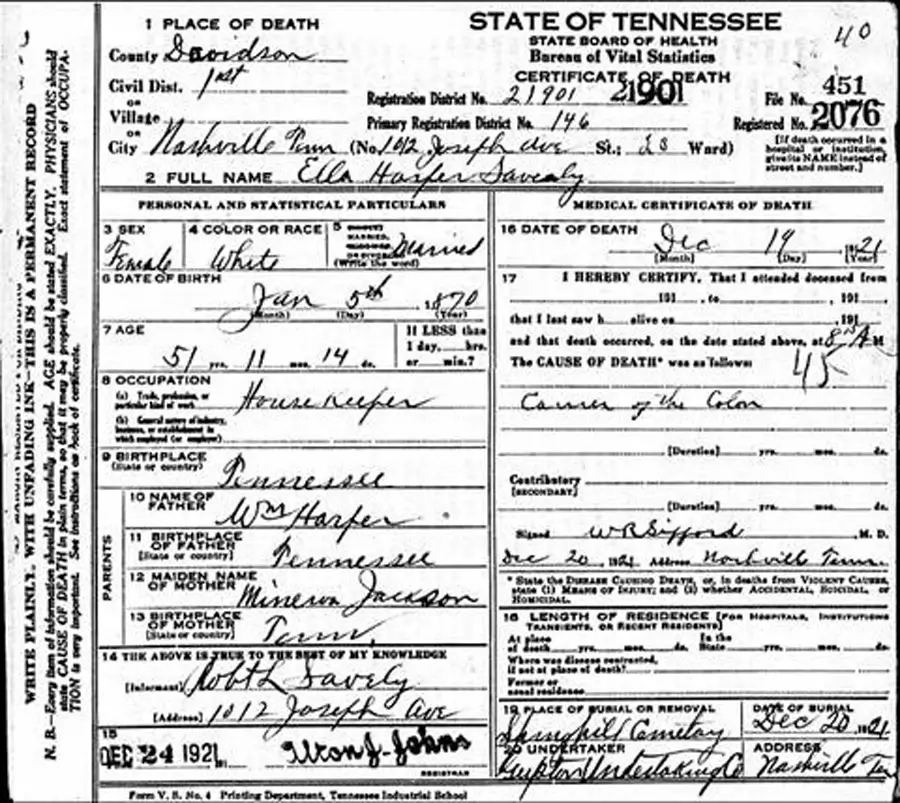
Ella Harper was reburied in Nashville’s Spring Hill Cemetery. The Spring Hill Cemetery, near the Nashville National Cemetery on Gallatin Pike, is one of the area’s largest cemeteries.
Ella Harper was buried next to her children, according to some sources. Her grave is in the old historic section of the Spring Hill Cemetery, within the plot of the Harper family. Ella Harper’s mother, Minerva, died in 1924.
Ella had made a lot of money and gotten away from the circus, and she had found happiness in the man she loved, even if it was tinged with sadness.

[solved] “macaroni mystery”, 500 pounds of pasta dumped in new jersey
In April 2023, Old Bridge, New Jersey, faced a peculiar 'Macaroni Mystery' when 500 pounds of pasta were mysteriously dumped in the woods.

What Was the Beast of Gévaudan?
Between 1764 and 1767, a mysterious animal called the Beast of Gévaudan terrorized the French village called Gévaudan. It attacked and killed about 100 adults and children. While most believe it was a wolf, some say it may have been a wolf-dog hybrid, hyena or even a lion, but without any genetic evidence, the beast will remain a mystery forever.

Lucy and Maria The Biracial Twin Sisters with Rare Black and White Skin Colours
Lucy and Maria Aylmer are twins, but they have a hard time to convincing people. Even though they have mixed-raced parents, their mom was still shocked when the midwife handed her babies she’d expected to look alike, but were complete opposite.

The Mysterious Disappearance of Frederick Valentich: Australia’s Most Baffling Aviation Enigma
In 1978, Pilot Frederick Valentich and his plane disappeared in Australia. His last communication was “Melbourne that strange aircraft is hovering on top of me again… (two seconds open microphone)… it is hovering and it’s not an aircraft…”

Jason Padgett: Became a Math genius after head injury in a robbery
Fate has no place in mathematics, yet fate played a role for Jason Padgett and his new fame for being a mathematical genius

The mystery of India's 'lake of skeletons'
In 1942, a British forest guard in India made an alarming discovery. Some 16,000 feet above sea level, at the bottom of a small valley, was a frozen lake absolutely full of skeletons.

Qasr al-Farid, the Lonely Castle of the Nabataeans
The remote tomb of Qasr al-Farid, situated in the Saudi Arabian desert, dates back to the 1st Century CE. It was built by the Nabataean people, who also built Petra in Jordan. This site has remained largely undisturbed.

The Mystery of the Dancing Forest: Reasons behind the unusual wonders of forest
The Dancing Forest in Russia is noted for its unusually twisted pine trees. The trunks of these trees are contorted into spirals, rings, and other squiggly loops, but the reason for this malformation is still a mystery.

The mysterious secret of Dr James Barry
Before women were allowed to enroll in medical school, Margaret Ann Bulkley studied medicine and assumed the identity of Dr. James Barry for 56 years while dressing as a man. After 46 years of service as an army doctor officer, her secret was not made public until after her death in 1865.

What Is the Taos Hum? The Strange Low-Frequency Noise Heard in New Mexico
Since the early 1990s, residents of Taos, New Mexico, have reported hearing a mysterious low-frequency noise called the "Taos Hum." This strange, persistent buzzing or droning sound is only audible to a small fraction of the population and has baffled scientists and locals alike. Despite extensive investigations, the source of the Taos Hum remains unresolved, making it one of the most intriguing acoustic mysteries in the modern world.

The birth or sign language in Nicaragua
When 50 deaf Nicaraguan children who did not know sign language were placed in the same classroom, they created their own sign language. Scientists are still researching the unique spontaneous appearance of language, as well as its own evolution and training of grammar.

The mysterious Pumpkin impaled on the top of Tower
Twenty Three years ago, somebody impaled a 60-pound pumpkin 170 off the ground on this spire at Cornell University. Nobody knows who did this or how they did it.

Poland's Krzywy: The Mysteries of the Crooked trees
In Poland, there is a forest with 400 crooked trees that have a 90-degree bend at the base of their trunks. Despite of numerous possibilities, the real reason and how it evolved remain a mystery.

The Amazing Hanging Stone in Siberia Has Defied Gravity Since the Ice Age
The unbelievable "Hanging Stone" of Siberia weighs around 300 tons and has been hanging off a 1,000-meter cliff since the Ice Age.

Thousands of Rare "Ice Eggs" Blanket Finnish Beach in Spectacular Natural Phenomenon
Thousands of ice balls recently covered a beach in Finland, a rare phenomenon caused by wind and waves sculpting pieces of ice into smooth spheres. These "ice eggs" can vary in size from chicken eggs to soccer balls and have also been spotted in other cold regions globally.

When the Sky Rained Fish: An Unbelievable Encounter Above Alaska
A small Alaskan plane was hit by a fish falling from the sky. It had been dropped by an eagle that misjudged its grip. The plane was unharmed, but it made the news as possibly the weirdest bird strike ever.

Inside The Mysterious Death Of The Famed Gothic Writer Edgar Allan Poe
Hours before his death Edgar Allen Poe was found on the streets of Baltimore. He was incoherent, wearing another man’s clothes, and unable to explain how he got there. The cause of his death is an unsolved mystery.

The 1978 Lufthansa Heist: Unraveling the Mystery of America's Most Infamous Airport Robbery
During the 1978 Lufthansa heist, robbers infiltrated JFK Airport, restraining employees and holding a night guard hostage. They escaped with $5.9 million—worth over $27 million today. The crime, linked to the Lucchese crime family, remained unsolved for decades, with most suspects vanishing

Top 10 Mysterious And Least Explored Places On Earth
Some people believe that there is nothing unexplored remaining on earth but the world doesn't cease to surprise us with its mysteries. Today I'll tell you about the lost places of the planet and animals that live only there.

The Remarkable story of jazz bassists Henry Grimes, lost but found as janitor and reclaimed the spotlight
Henry Grimes, one of the most versatile jazz bassists, disappeared in the 1960s and was later presumed dead. However, a jazz-loving social worker found him in 2002 working as a janitor in a hotel. Grimes found his way back into the limelight when a fellow musician sent him a bass as a gift. In 2016, he received a lifetime achievement award.

The Unsolved mystery of Bobby Dunbar's Disappearance
In 1912, a four-year-old boy named Bobby Dunbar went missing on a family trip, 8 months later he was found and reunited with his family. Nearly a century later, DNA testing of his descendants revealed that the child reunited with the Dunbar family was not Bobby, but rather a boy named Charles (Bruce) Anderson who resembled Bobby.

Sandy Island: The Phantom Island That Fooled Maps and Google Earth for Centuries
Sandy Island, charted since 1774, was long considered a phantom island in the Coral Sea. Despite appearing on maps and Google Earth, it was "undiscovered" by scientists in 2012, revealing only deep ocean instead of land. The island's existence was likely a cartographic error or a misidentified pumice raft.

The Mystery of Canada's Magical Spotted Lake
Lake Khiluk, the world's most mineralized lake, and one of the most mysterious places on Earth. Each of these spots has a distinct chemical content and is said to cure various diseases.

What is secret behind the Australia’s mysterious pink lake?
Lake Hillier in Australia maintains a bright pink hue all year round. Although no one knows for sure what causes the unique coloring, experts speculate that it might be the result of high salinity, a pink bacteria called “halobacteria,” and a salt-loving algae species called Dunaliella salina.

10 Rarest and Albino animals you haven’t seen
For centuries, people have been fascinated and enchanted by the ghostly appearances of abnormally white animals. People have loved albinos and other unusually white animals so much that they may be helping to increase their numbers, despite the difficulties these animals face in the wild. While these unusual animals did not win the genetic lottery, they have persevered in the face of adversity.

![[solved] “macaroni mystery”, 500 pounds of pasta dumped in new jersey](https://weeklyrecess.com/wp-content/uploads/2024/05/Macaroni-Mystery-cover.jpg)
